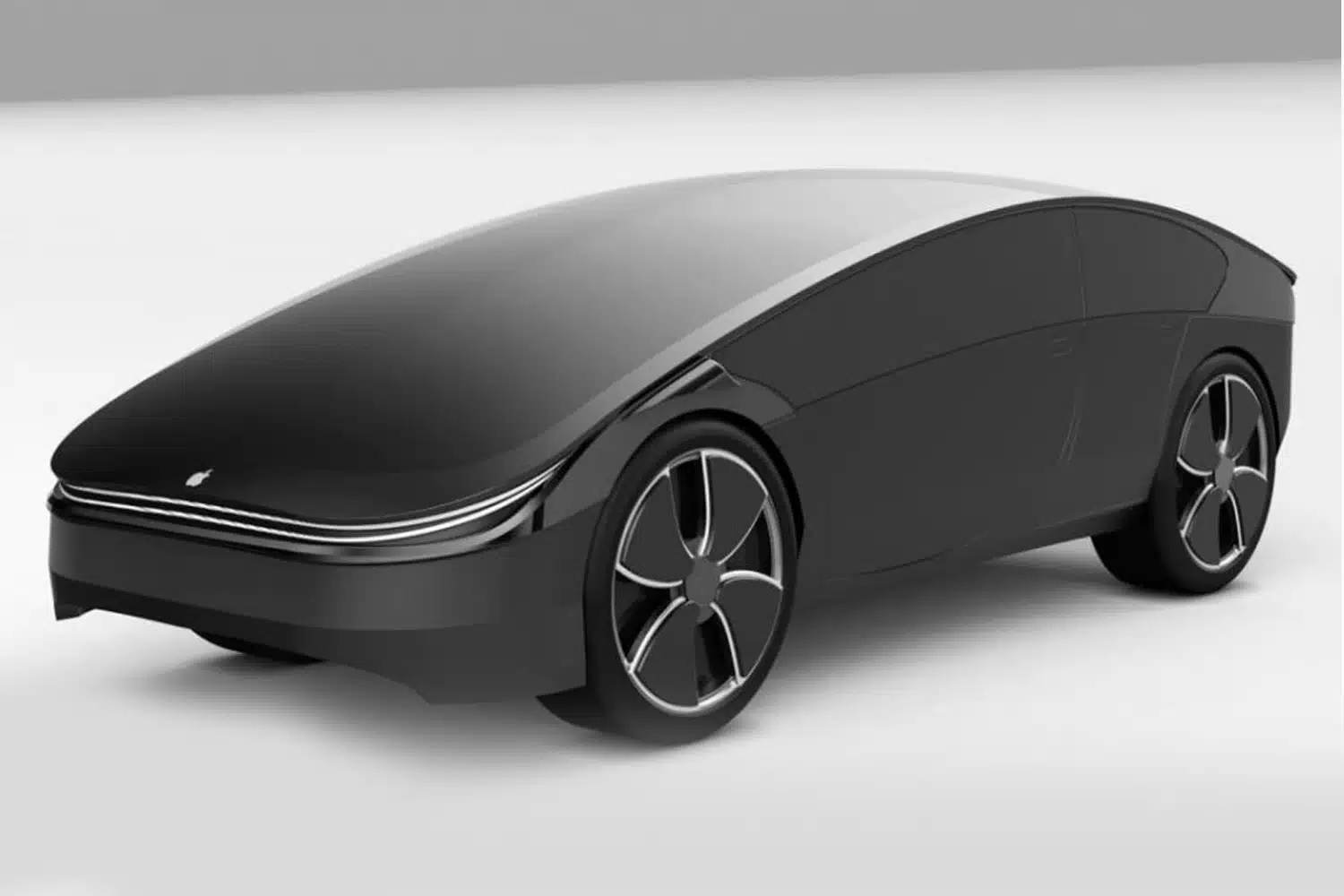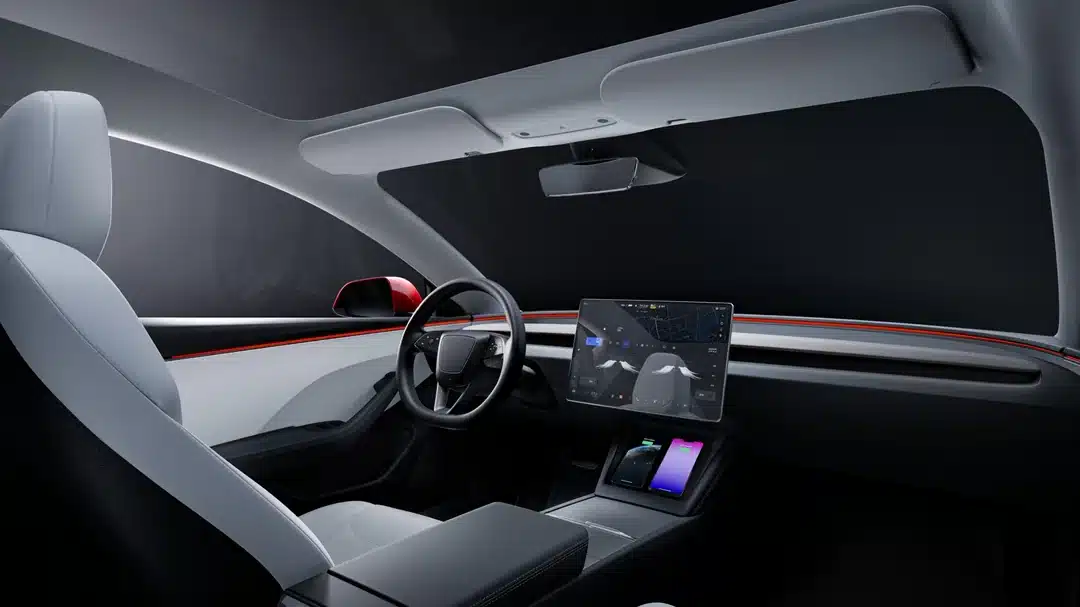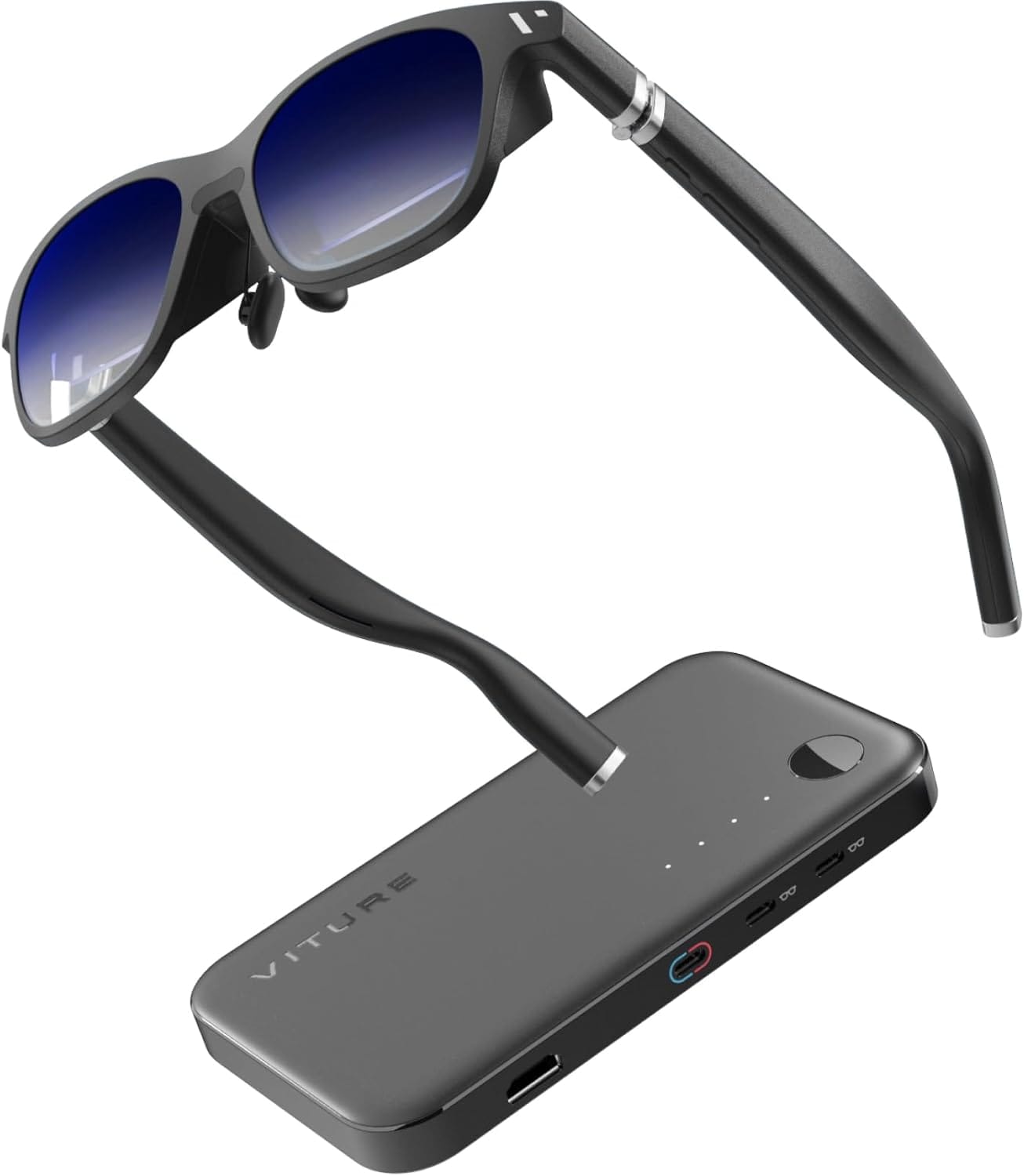
The demise of the Apple Car project left many tech enthusiasts in disbelief. After years of anticipation and speculation, Apple pulled the plug on what could have been a game-changing addition to the automotive industry. But what if I told you that the design of the Apple Car was unlike anything you’d expect...









